Space: Why is a slime called the 'Blob' being sent to space?
- Published
- comments
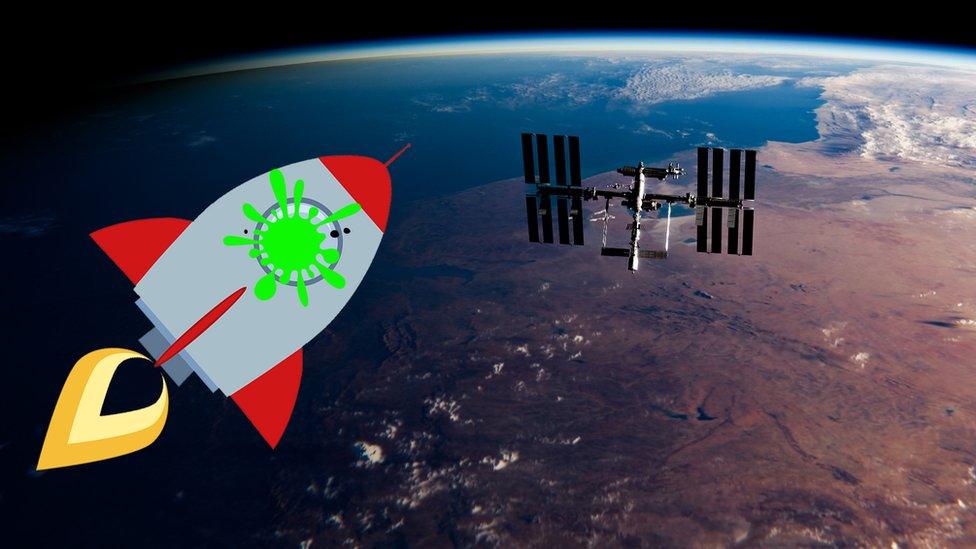
The Blob is heading to space: Nasa's sending a slime mould to the ISS to help study the effects of the environment on board
Forget astronauts and rockets, Nasa's getting ready to send a brainless slime known as the 'Blob' up into space!
It's due to be sent to the International Space Station (ISS), along with some other experiments, on 10 August.
It's hoped it will help scientists learn more about the environment on board the ISS and the effects of microgravity (the feeling of being weightless) on the slime.
Researchers will be getting some help from 5000 school students on Earth too as the data they collect, will be compared with what pupils find when studying their own slime mould samples on Earth.
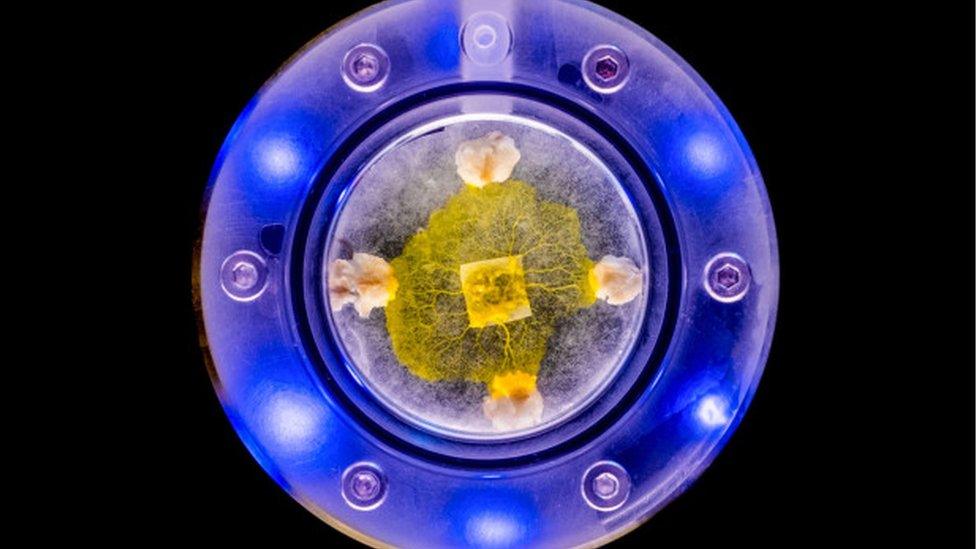
The Blob is heading to space in its own 'Blob box'
What is the Blob?
The Blob is actually a slime mould, which is a single-celled organism. It doesn't have legs, arms, eyes, teeth, or a brain! Its scientific name is Physarum polycephalum.
It can do tasks which are quite complicated for something that doesn't have a brain, for example, it can spread and search for bacteria to eat (or absorb), it can sleep and even travel through a maze.
"Although it is just one cell and lacks a brain, Blob can move, feed, organise itself, and even transmit knowledge to other slime moulds." - Nasa
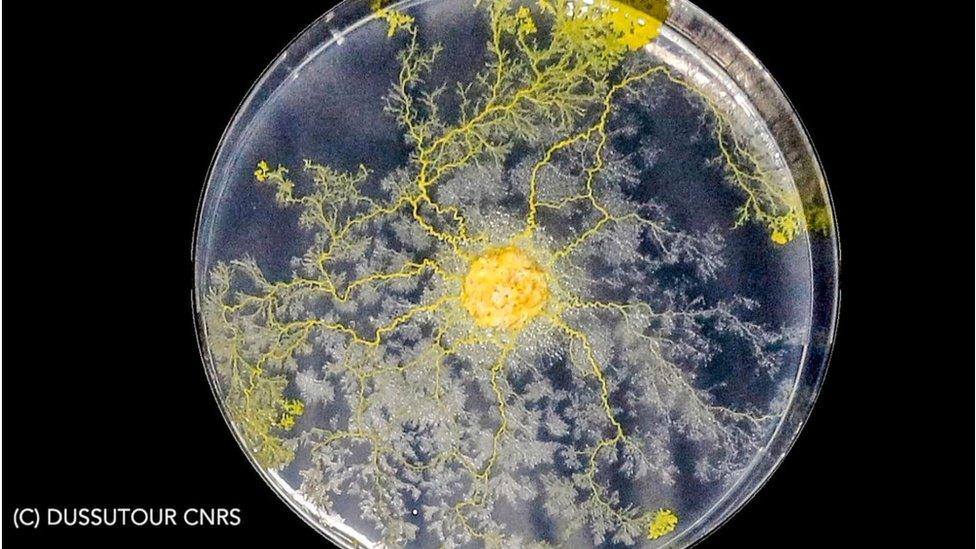
Slime moulds are interesting to scientists because they have no brain but are able to make decisions and move around spaces
How is it getting to the ISS?
The Blob will begin its journey to the ISS on 10 August, on board the Northrap Grumman's 16th commercial resupply mission. The Blob will travel in a kit that has a "Blob's box" inside, where there are four Blob cells.
European Space Agency (ESA) astronaut, Thomas Pasquet, will collect the slime mould on the ISS.
He will wake up the Blob with a couple drops of water and then the investigations will begin.
All data will be recorded onto a micro-SD card that comes with the Blob kit every 10 minutes during the seven-day investigation.
The Blob isn't the only new experiment which will be delivered to the ISS, there are dozens of others going up at the same time, including one which demonstrates 3D printing with dust!
There are already hundreds of ongoing experiments on the ISS.
What do scientists hope to learn?
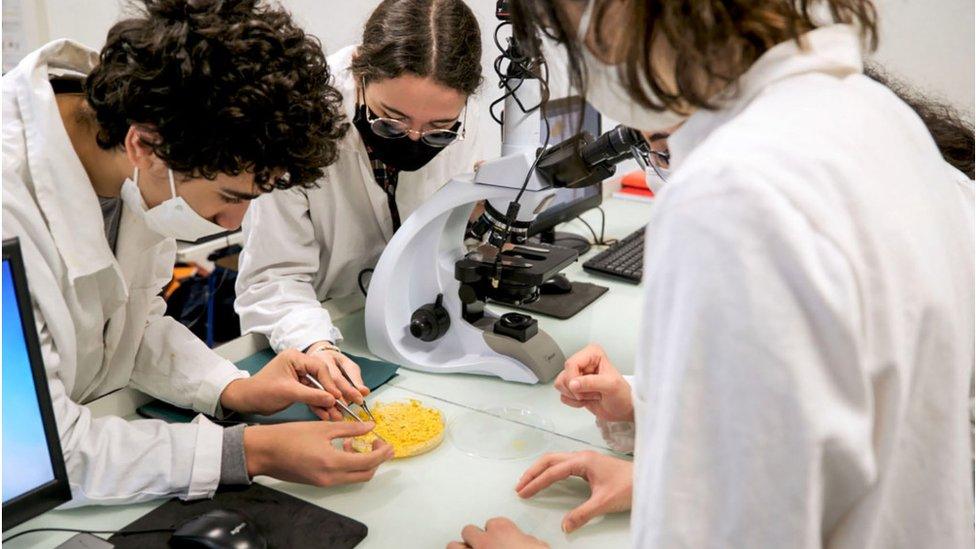
The investigations needs the help of 5000 school students on Earth
Researchers want to discover how microgravity on board the ISS impacts the slime mould. They will do this by comparing two different 'protocols' the Blob will be under.
The first protocol is called "Exploration" - the Blob will be placed in a container without any food.
The second protocol, "Exploitation" - the Blob will be placed in a container that has four oat flakes placed one centimetre from it.
For researchers to discover any impacts of microgravity, they will need the help of 5000 school students, aged between 10 - 18, who are studying slime moulds on Earth.
The students will be looking for differences in speed, shape and growth of the slime moulds and researchers will compare the findings of the students, to the findings from the ISS.
- Published23 October 2021

- Published3 August 2021
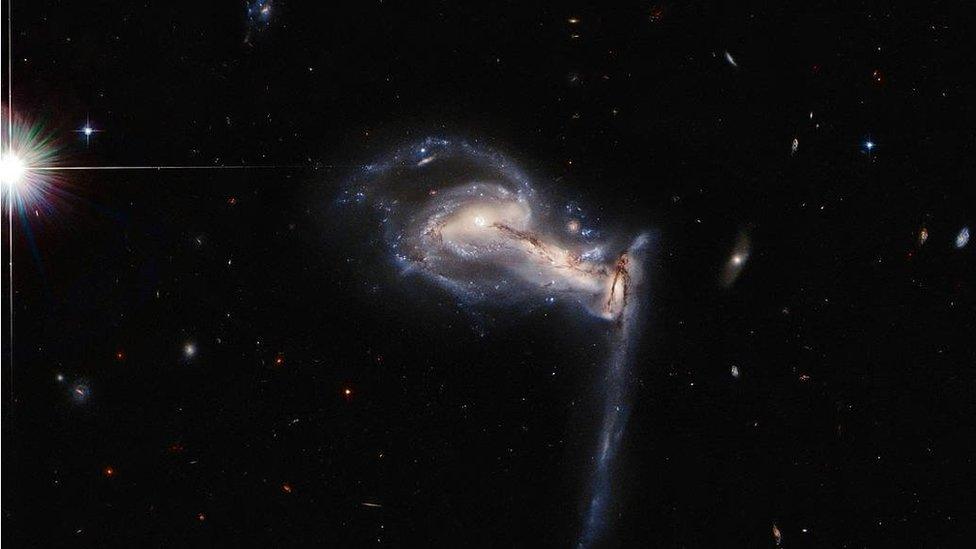
- Published7 March 2018

